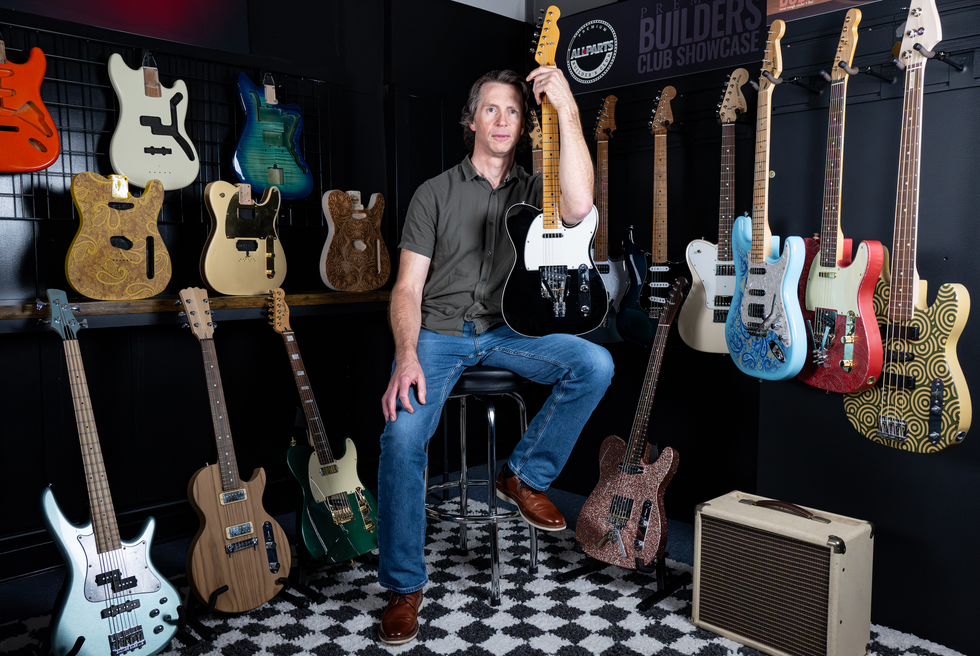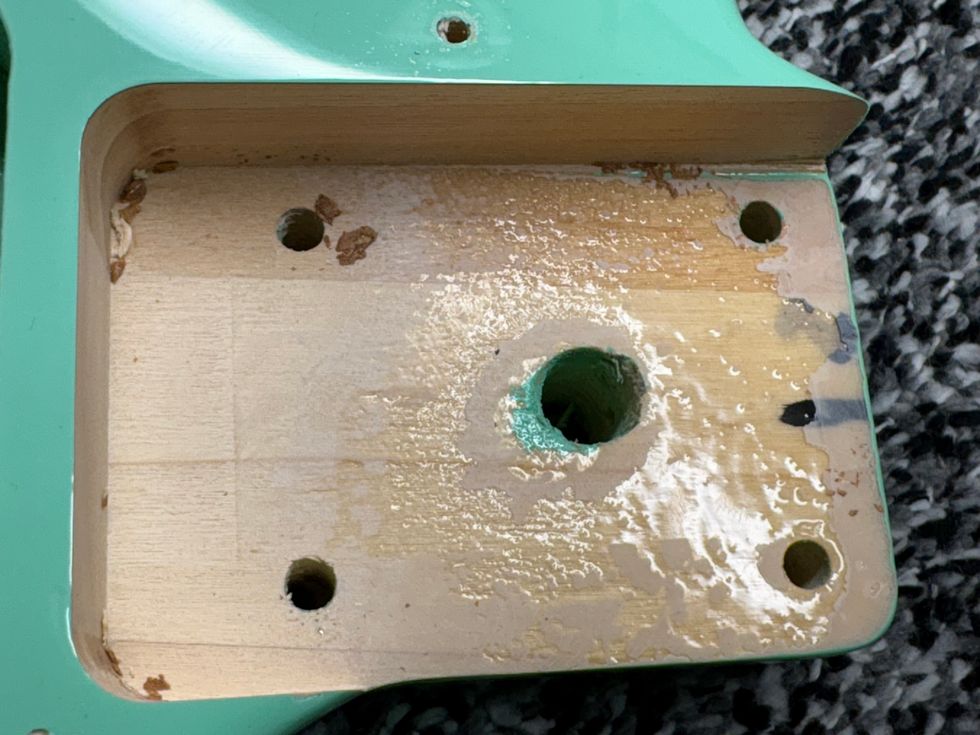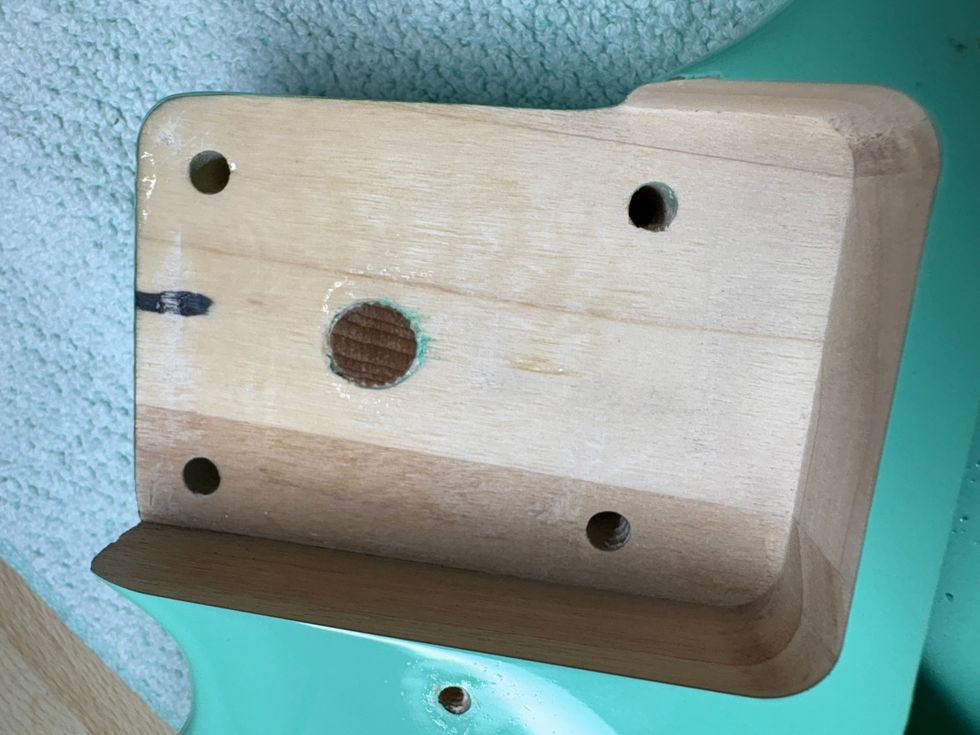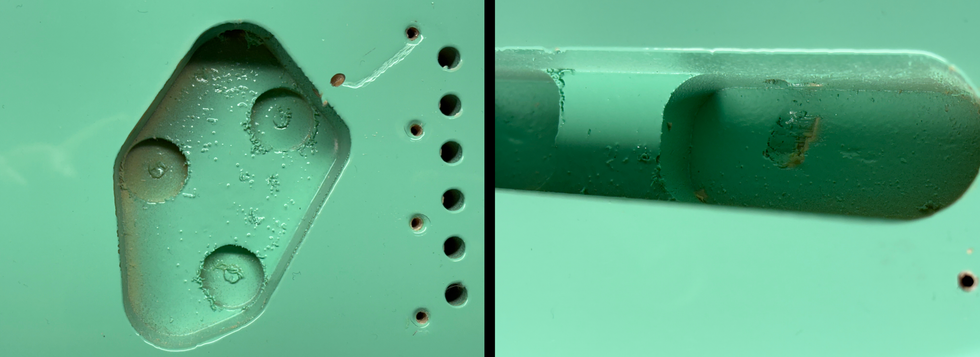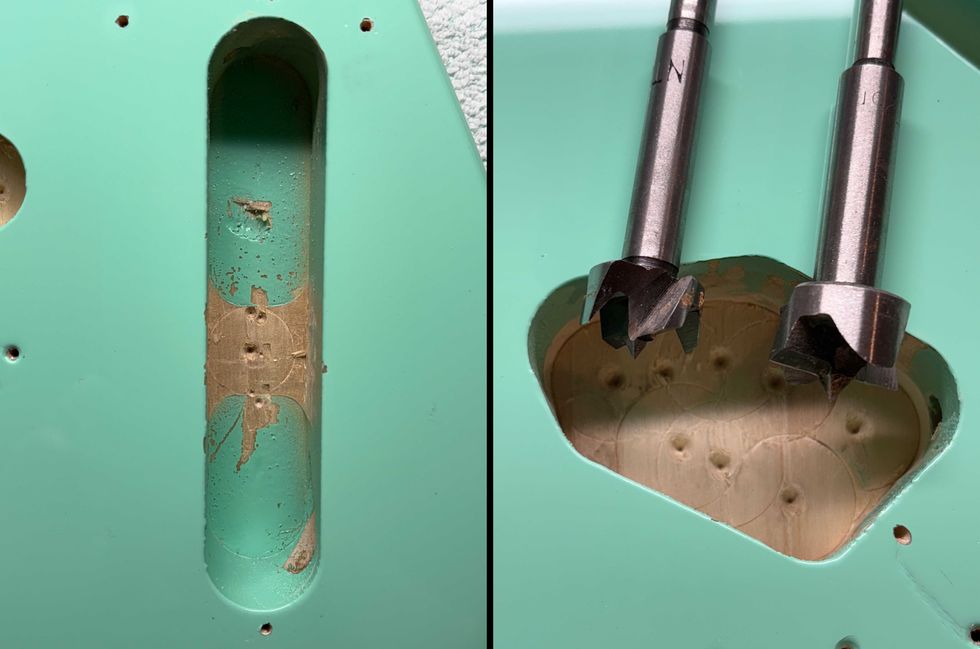Greetings everyone, and welcome to another Dojo installment. For my next two columns, we're going to be examining the differences between using a dynamic EQ or a multiband compressor. This month, I'm going to discuss the benefits of using a dynamic EQ in your recordings.
First, let me define what a dynamic EQ is, since it's often confused with a multiband compressor. Essentially, a dynamic EQ is an EQ (with all of the normal attributes: HPF, LPF, notch, and band-pass filters) that also has the added ability to compress a frequency band much like a standard multiband compressor.
On the surface, you might think there's not much different between the two, but I'm going to advocate for you to not be fooled by this generality. If you're not sure what a compressor is or need a refresher, I invite you to review my previous Dojo articles, in the June and July 2020 issues, discussing that very subject. You can also visit my website, bryanclarkmusic.com, for more info. With that said, the Dojo is now open, so let's begin.
"Wouldn't it be nice to have something that would only go to work when those ice-pick frequencies are happening and leave everything else alone?"
I love using dynamic EQs to tame intermittent problem frequencies and pesky gremlin-like spikes on individual tracks within a session (acoustic guitar, electric guitar, bass, vocals, snare, synths, etc.), and I have found they can do this with much more transparency than using a multiband compressor. Izotope's Dynamic EQ (in Ozone) and Fab Filter's Q3 are excellent examples of dynamic EQs (Fig.1 and Fig. 2).
Let's say, for example, your latest and greatest guitar solo has significant parts that sound abrasive, it's making your ears get fatigued, and has that kind of "ice pick in the forehead" tone (to quote Frank Zappa). Usually you're going to want to examine the 2.5 kHz to 3.5 kHz part of the frequency spectrum and start subtracting some of that harshness. However, if you do that using a standard EQ, you're also subtracting those frequencies from the entire solo—even the parts that don't have those annoying artifacts—and thus you could be changing the overall tone of your guitar solo. Wouldn't it be nice to have something that would only go to work when those ice-pick frequencies are happening and leave everything else alone?
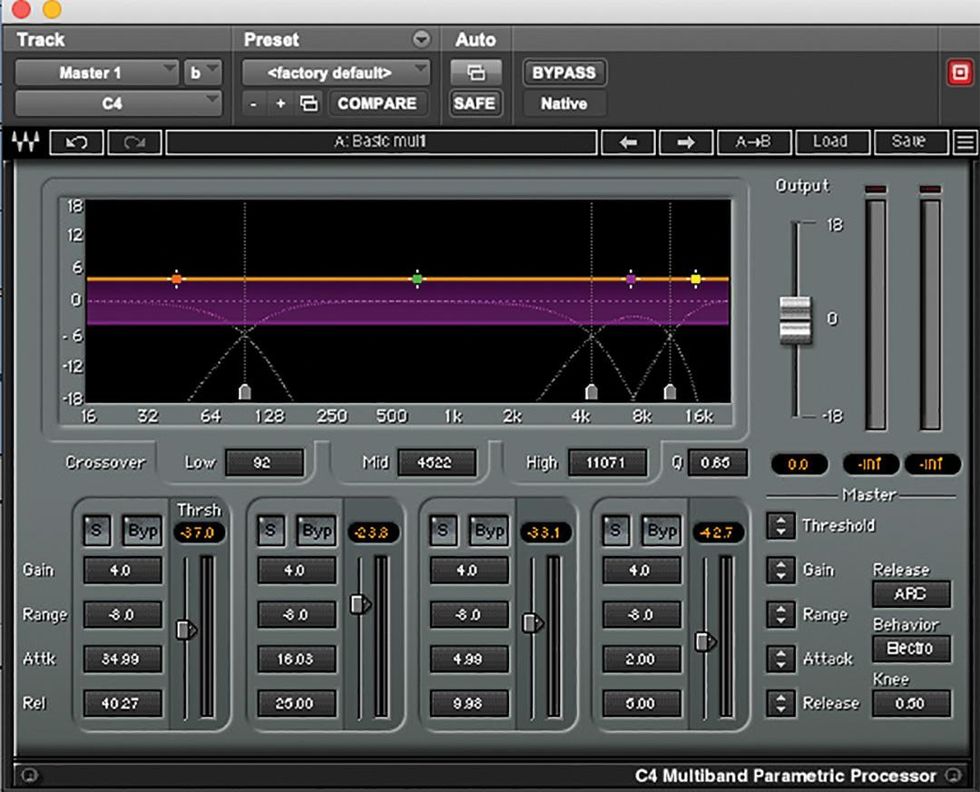
Unlike most multiband compressors, Waves C4 offers expansion, but it also limits the audio spectrum to just four bands.
Here's why I prefer using a dynamic EQ in this scenario: It's more surgical and more transparent. Most multiband compressors generally divide the audio spectrum into three or four bands (Fig. 3). You simply set the crossover points to bookend the frequency area(s) of sonic annoyance, and then, by using ratio (4:1, etc.), reduce the aural offenses when they cross over the threshold of the compressor. Dynamic EQs, on the other hand, also do this, but with much more flexibility by increasing the standard three or four bands (or points) to eight or 10, and you can insert the point directly on the offending frequency(s) rather than having to bookend like a multiband compressor. This can be handy if your track has multiple low-end, midrange, and high-end peaks that you need to wrangle. Pro tip: If you have a plethora of frequencies that you're trying to "fix," it's a good sign that you might not have recorded it as best as possible.
Generally, traditional multiband compressors only reduce audio signal once they start working and don't offer the ability to expand or boost the frequencies if you ever have the need. Although, to be fair, a few—like Waves C4 and C6—do offer expansion capabilities. Dynamic EQs, however, are just as capable of boosting the frequencies as reducing them, thus giving you more options to bring out little details that might normally get buried in a traditional multiband compressor.
Finally, and most importantly for me, dynamic EQs use the actual level (or gain) of the frequencies in question rather than using ratios (4:1, 8:1, 12:1, etc.) like compressors do. Because of this design, dynamic EQs are much more transparent and can either reduce or expand frequencies with much less coloration, to get the closest to an ideal recording of your track.
Until next time, be well, be curious, and have fun.
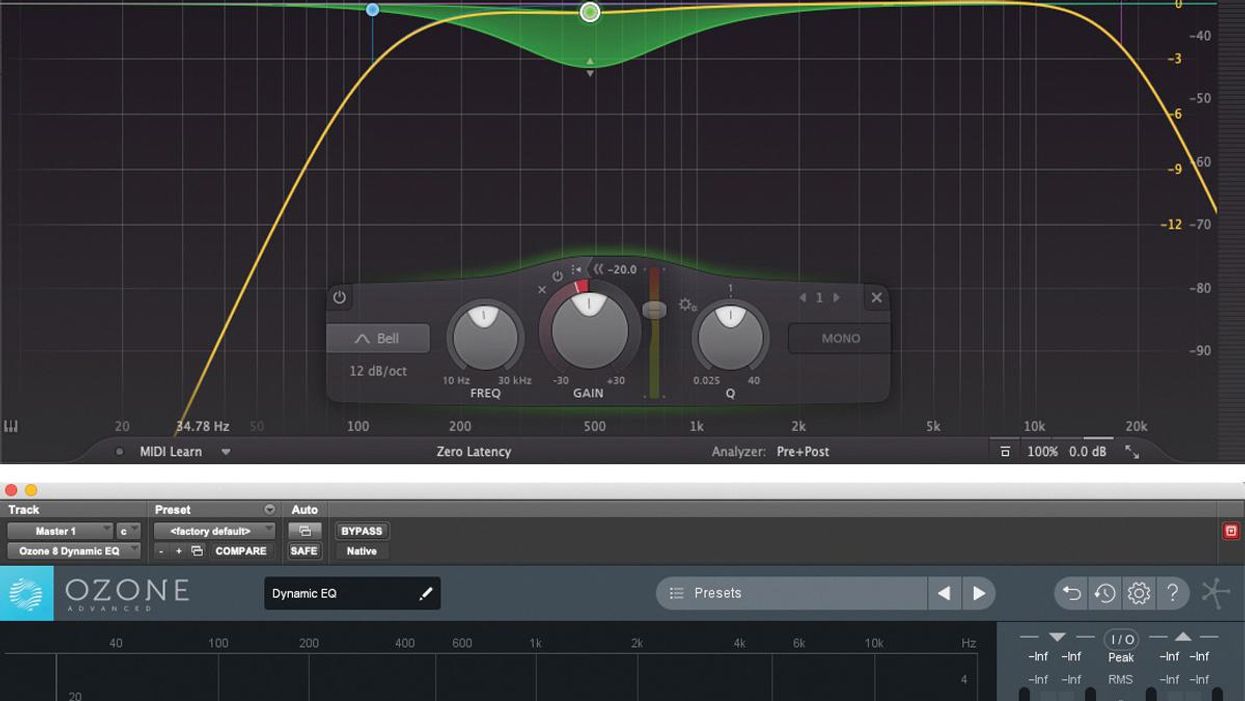

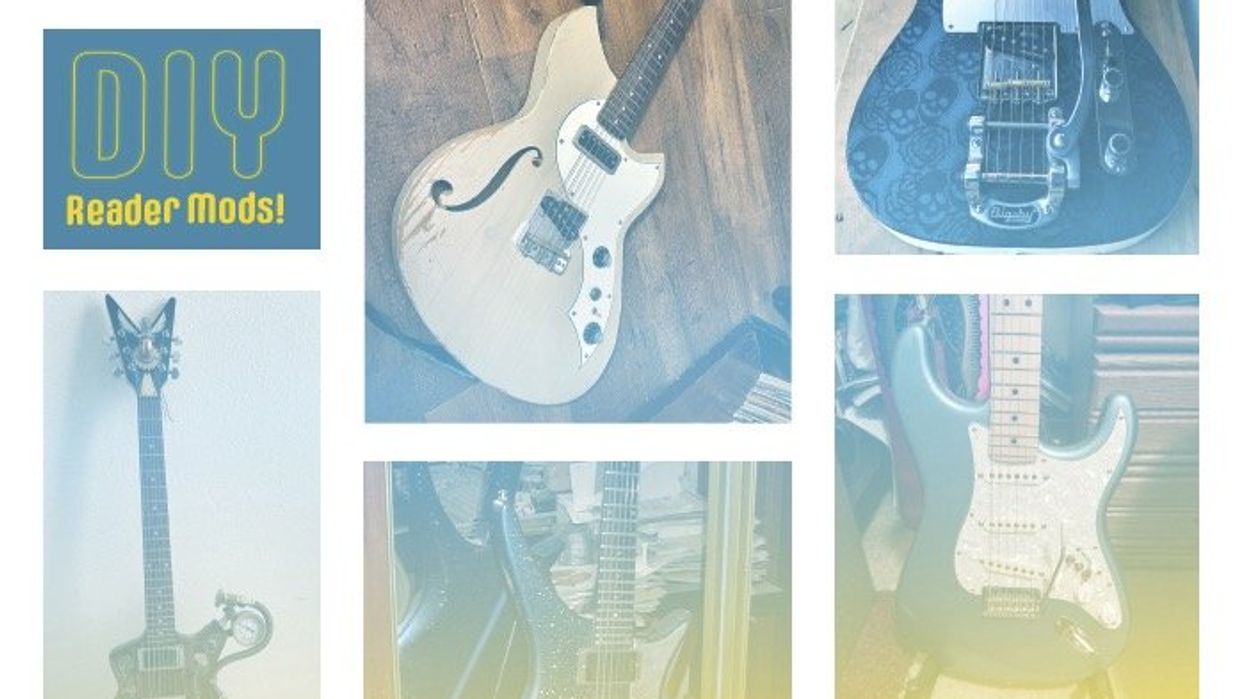
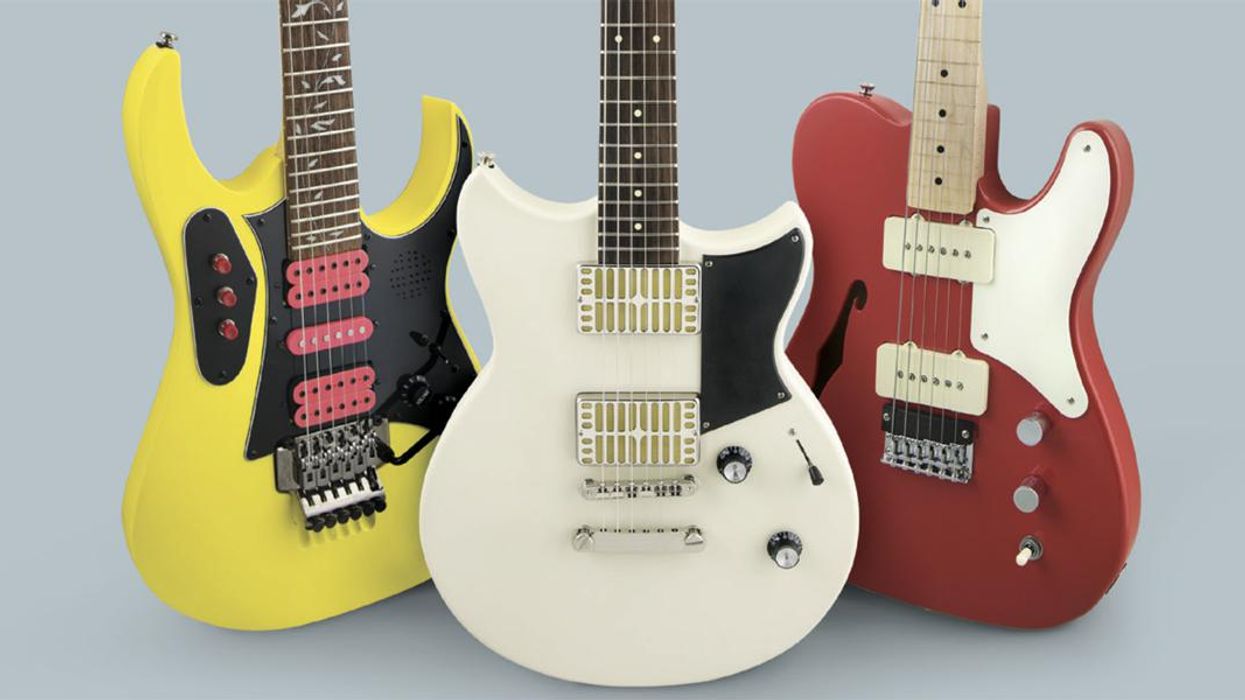
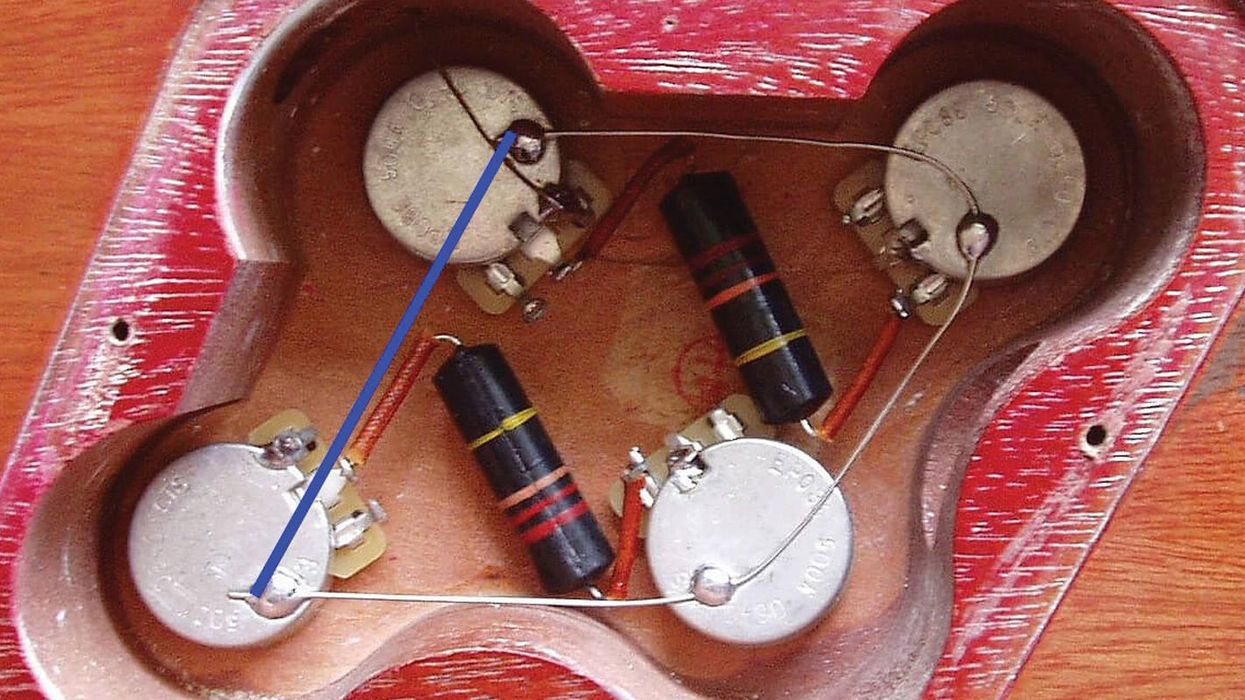
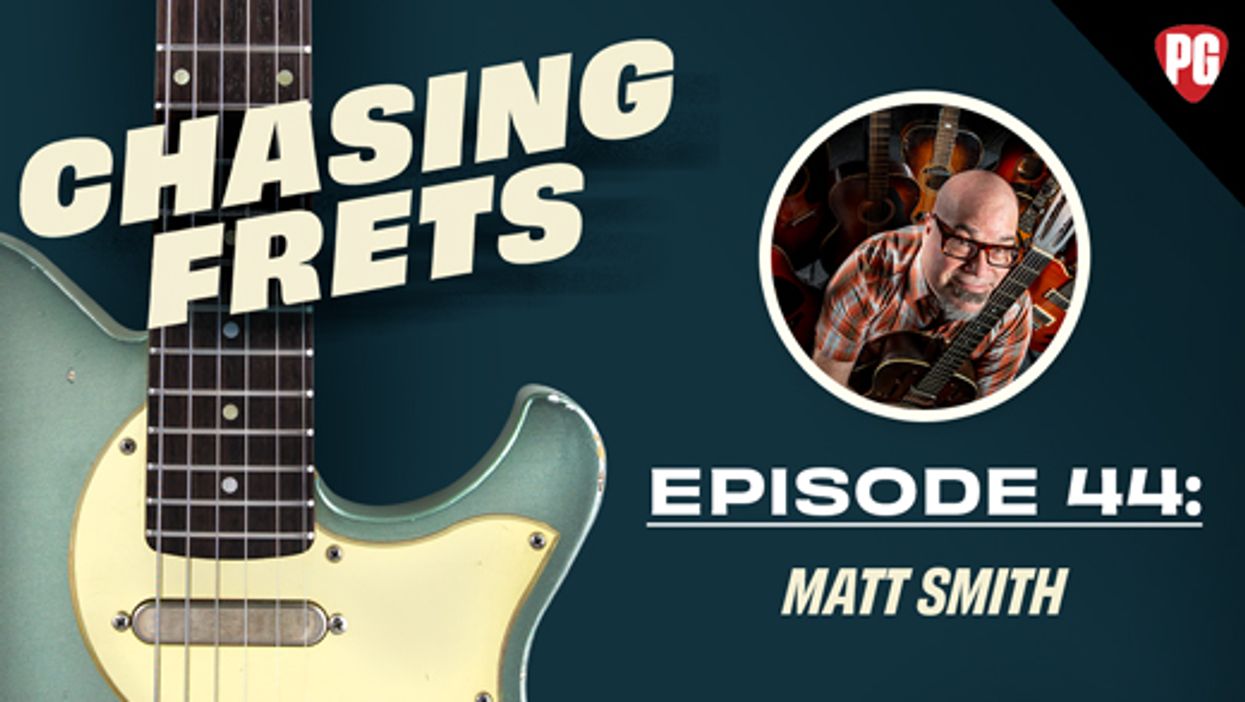







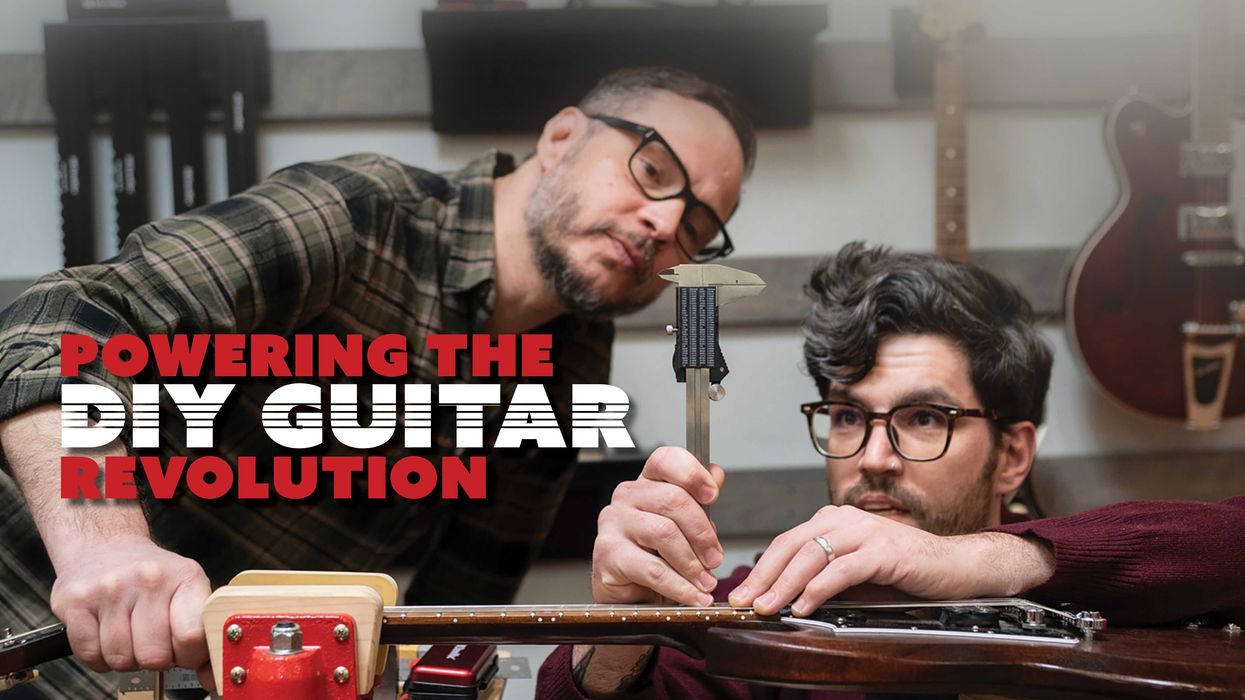
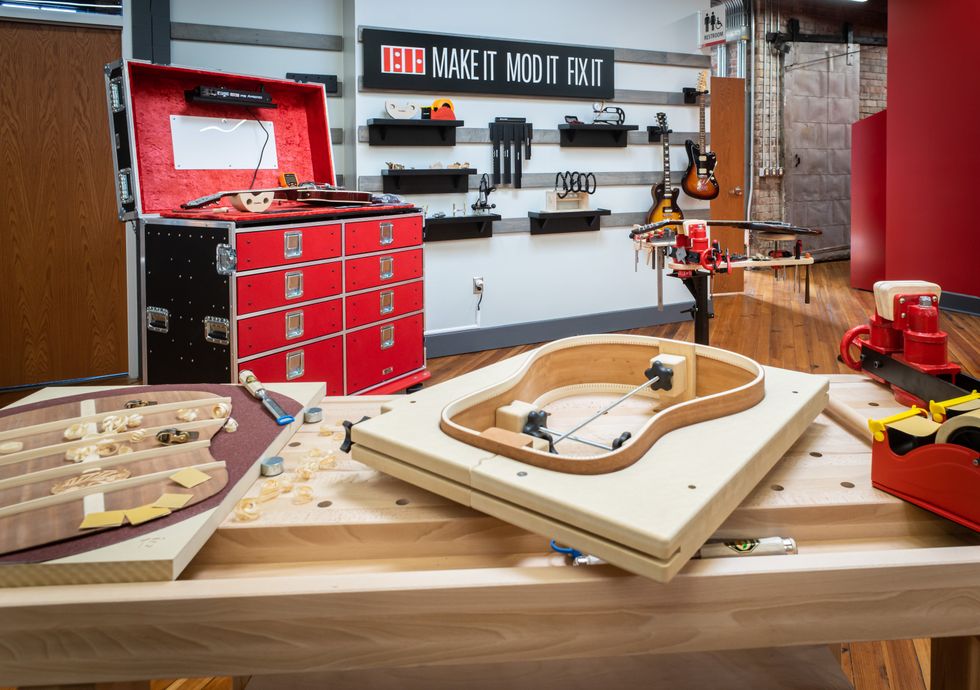

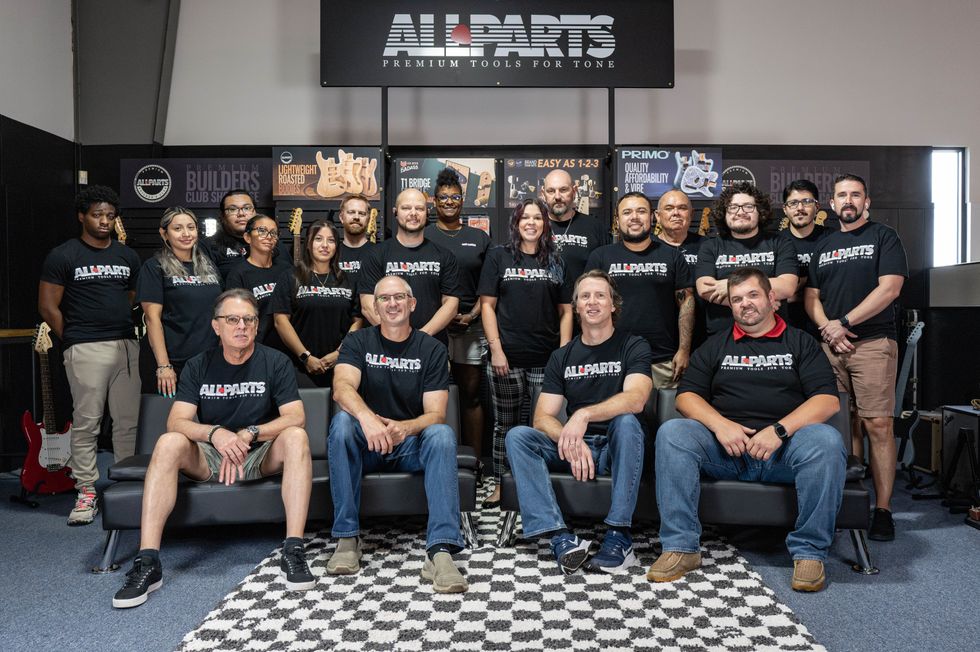 The Allparts team at their Houston warehouse, with Dean Herman in the front row, second from right.Photo by Enrique Rodriguez
The Allparts team at their Houston warehouse, with Dean Herman in the front row, second from right.Photo by Enrique Rodriguez